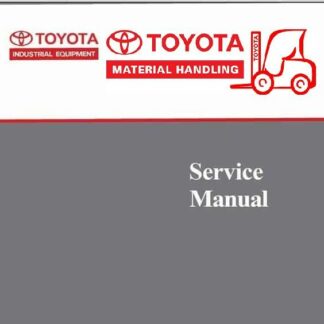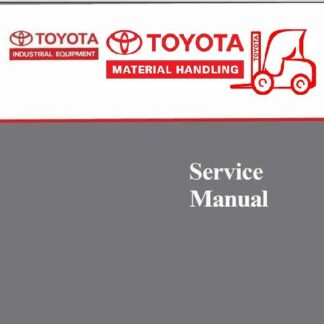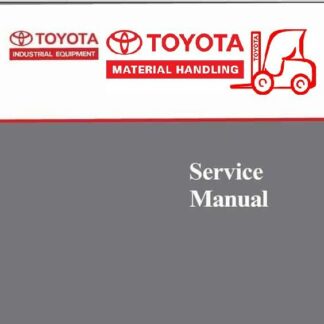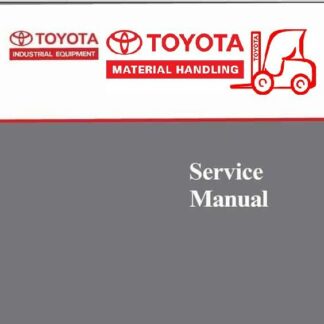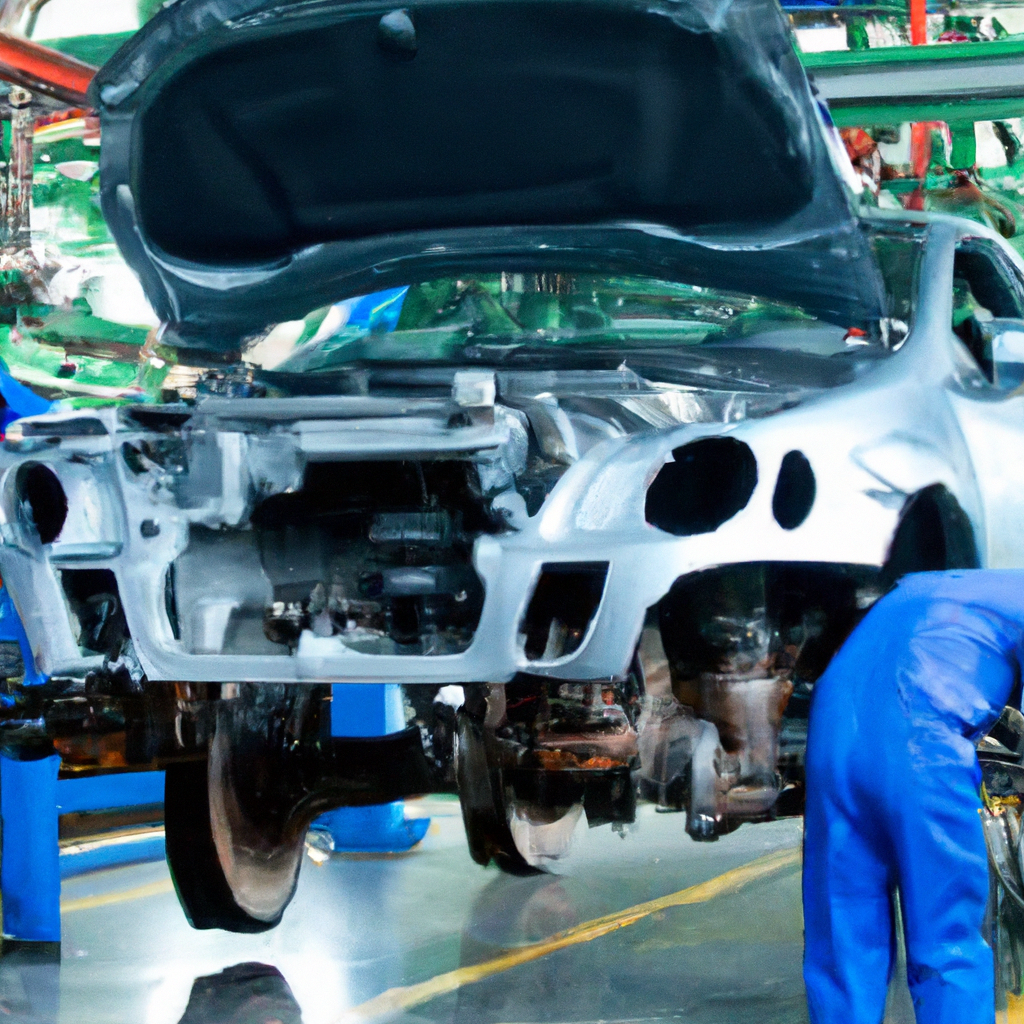
Toyota is one of the most popular car manufacturers in the world, and their vehicles are known for their reliability and durability. However, even the most reliable vehicles will eventually need some form of repair or maintenance. Repairing and overhauling Toyota engines requires manufacturers guidance to ensure that the job is done correctly and safely. This article will explore the benefits of manufacturer guidance, the steps for overhauling engines, potential pitfalls of DIY repair, necessary tools and equipment, and professional assistance for complex repairs.
Overview of Toyota Engine Repair
Toyota engines are designed to be reliable and long-lasting, but like all mechanical components, they will eventually need some form of repair or maintenance. The most common types of repairs are replacing worn parts, such as spark plugs, filters, and belts, and performing routine maintenance, such as oil changes and tune-ups. In some cases, more serious repairs, such as engine overhauls, may be necessary.
Benefits of Manufacturer Guidance
When it comes to repairs and overhauls, Toyota recommends that owners follow the manufacturer’s guidance. This is because the manufacturer has the most detailed and up-to-date information on the specific model of engine, including the exact parts and procedures needed for the repair. Following manufacturer guidelines also ensures that the repair is done correctly and safely, which can save time and money in the long run.
Steps for Overhauling Engines
When performing an engine overhaul, there are several steps that must be followed. First, the engine must be removed from the vehicle and disassembled. Next, the parts must be inspected and replaced as necessary. Finally, the engine must be reassembled and reinstalled. It is important to follow the manufacturer’s instructions closely during this process, as incorrect assembly can lead to serious engine damage.
Potential Pitfalls of DIY Repair
Although it is possible to perform engine repairs and overhauls at home, there are a few potential pitfalls that should be considered. First, doing the job yourself may void the manufacturer’s warranty. Second, it can be difficult to find the exact parts required for the repair, as many Toyota parts are not available in auto parts stores. Finally, it is easy to make mistakes during the repair process, which can be costly and time-consuming to fix.
Necessary Tools and Equipment
In order to successfully repair and overhaul Toyota engines, the right tools and equipment are essential. Common tools that may be needed include wrenches, screwdrivers, pliers, and socket sets. Additionally, certain specialized tools, such as torque wrenches and valve spring compressors, may be necessary for certain repairs.
Professional Assistance for Complex Repairs
In some cases, repairs may be too complex for the average person to perform safely and correctly. In these cases, it is best to seek professional assistance. A qualified mechanic can diagnose the issue and provide advice on the best course of action. Additionally, they can perform the repair or overhaul, ensuring that it is done correctly and safely.
Repairing and overhauling Toyota engines requires manufacturers guidance for the best results. Following the manufacturer’s instructions ensures that the repair is done correctly and safely, which can save time and money in the long run. For complex repairs, it is best to seek professional assistance from a qualified mechanic. With the right tools, equipment, and guidance, Toyota engine repairs and overhauls can be done safely and successfully.

